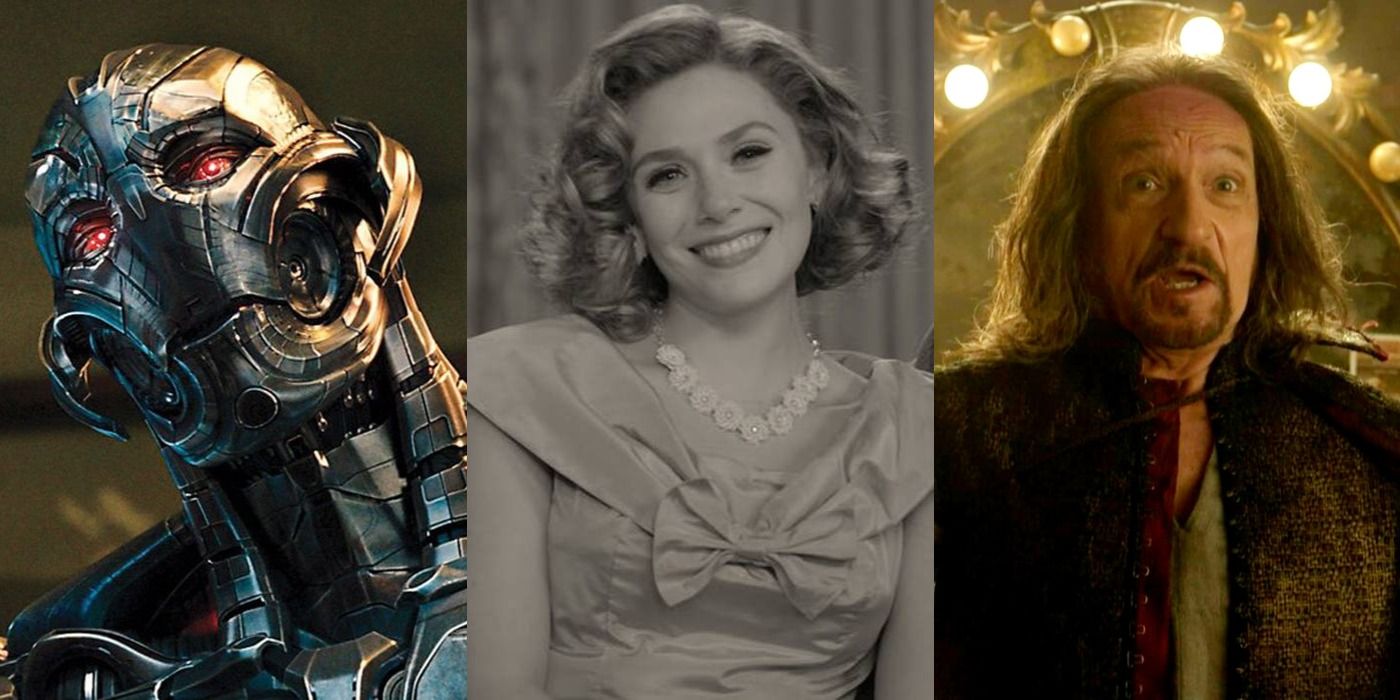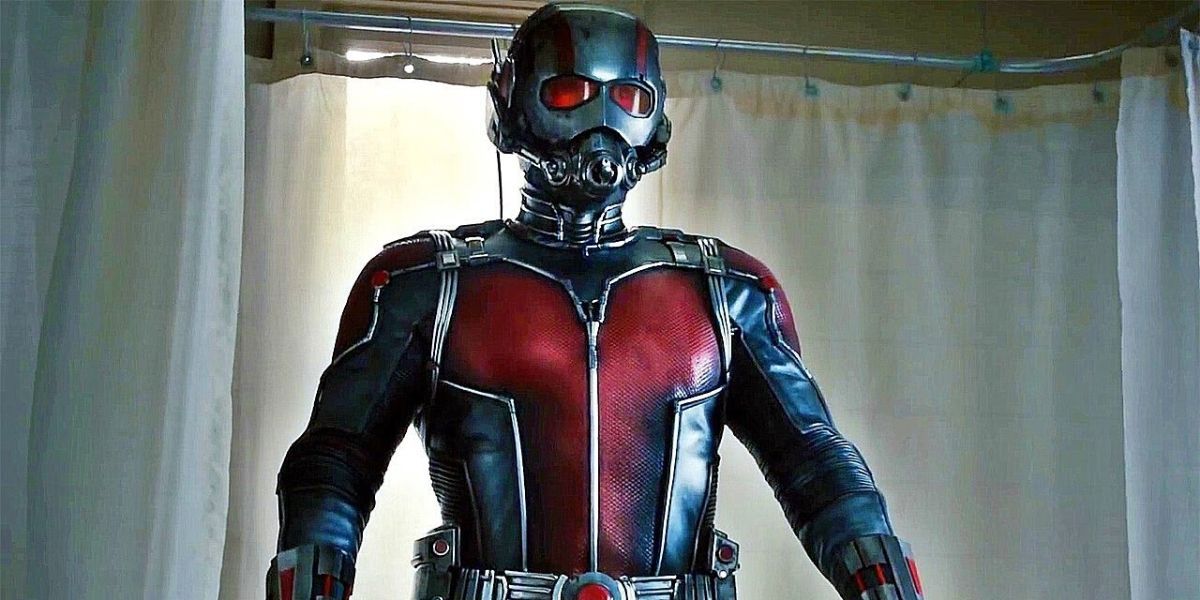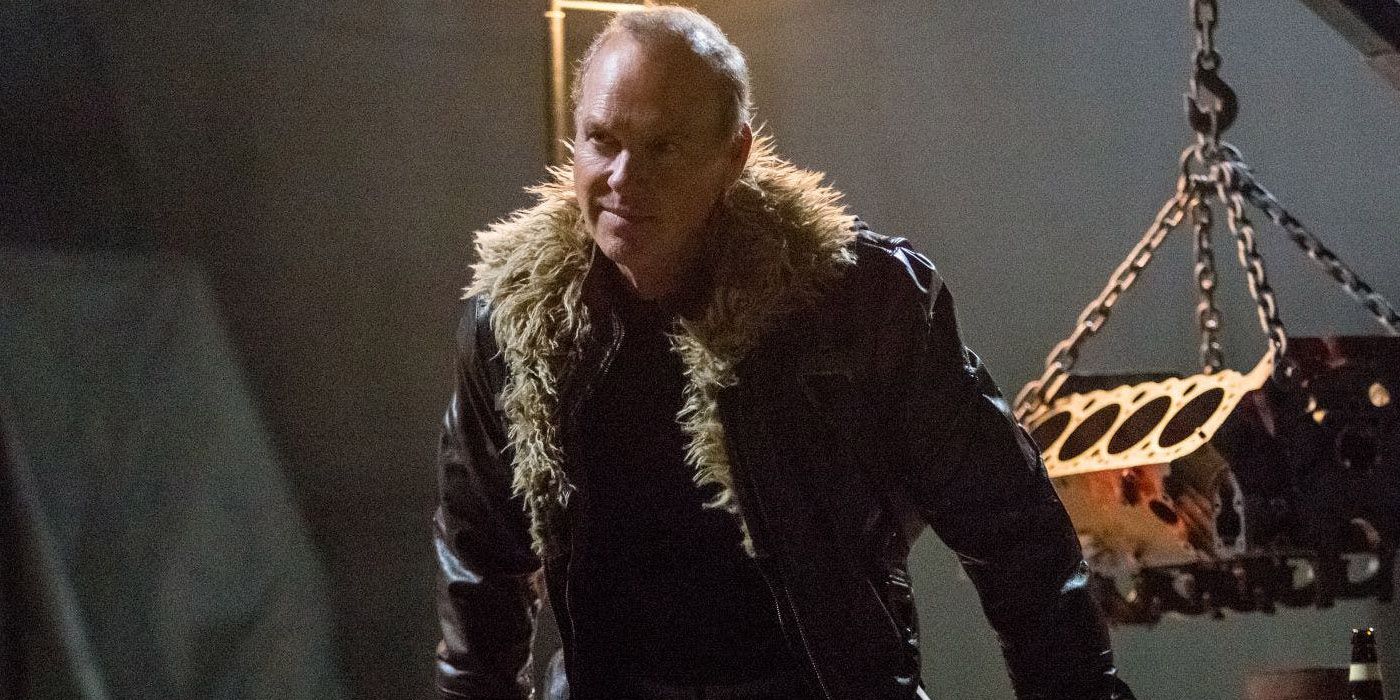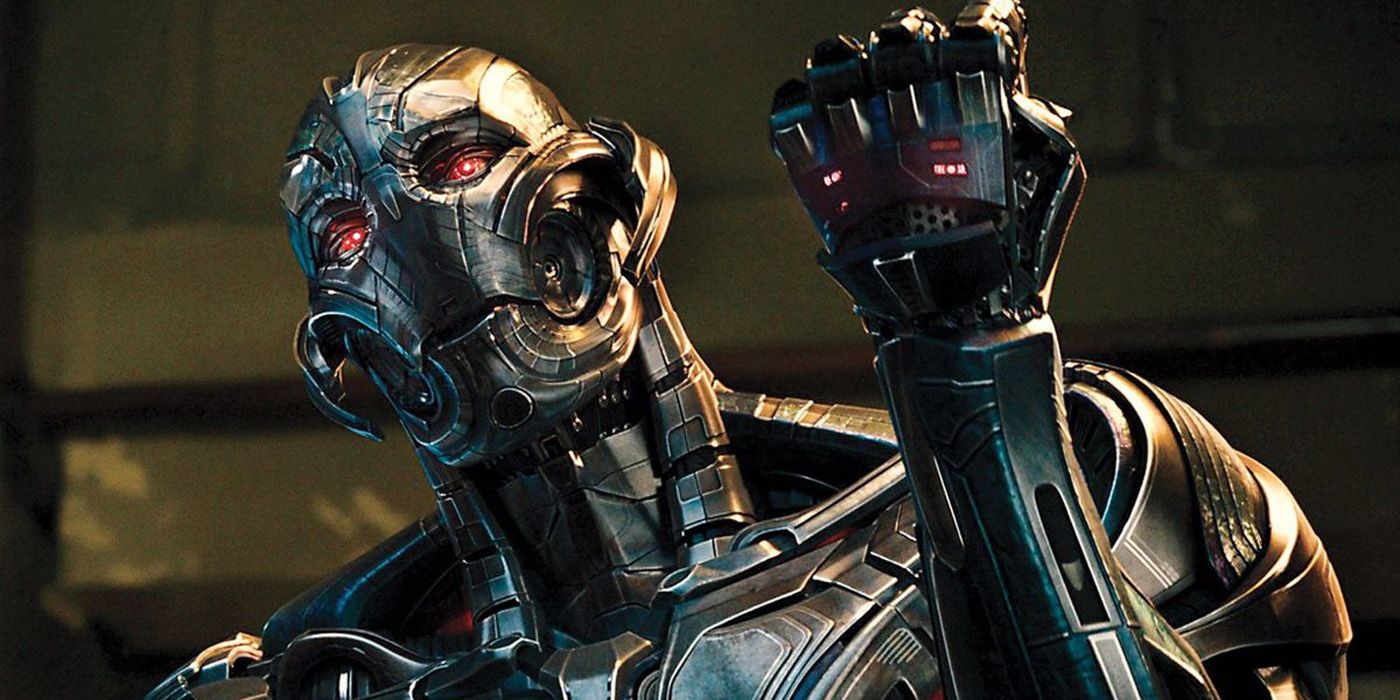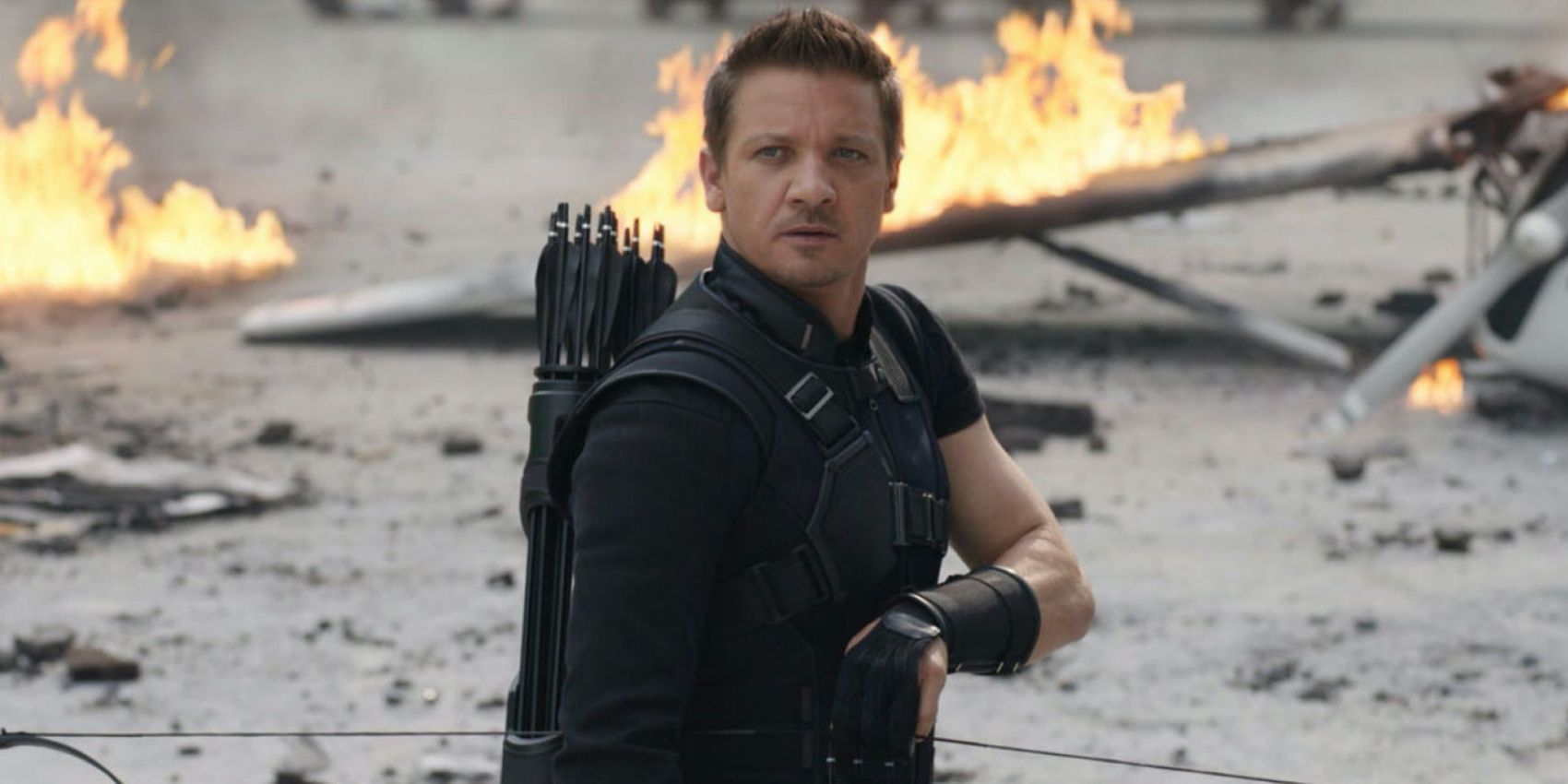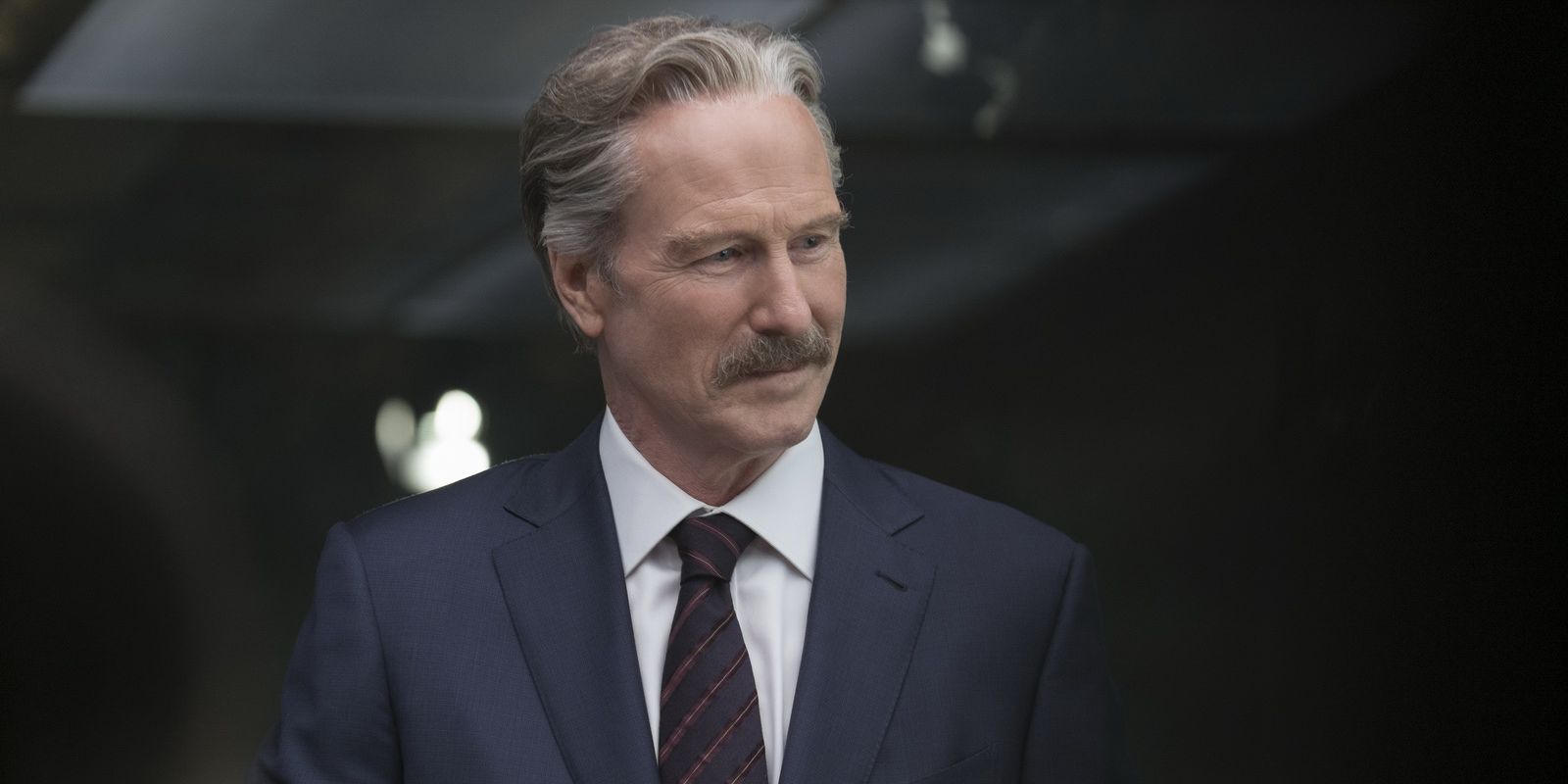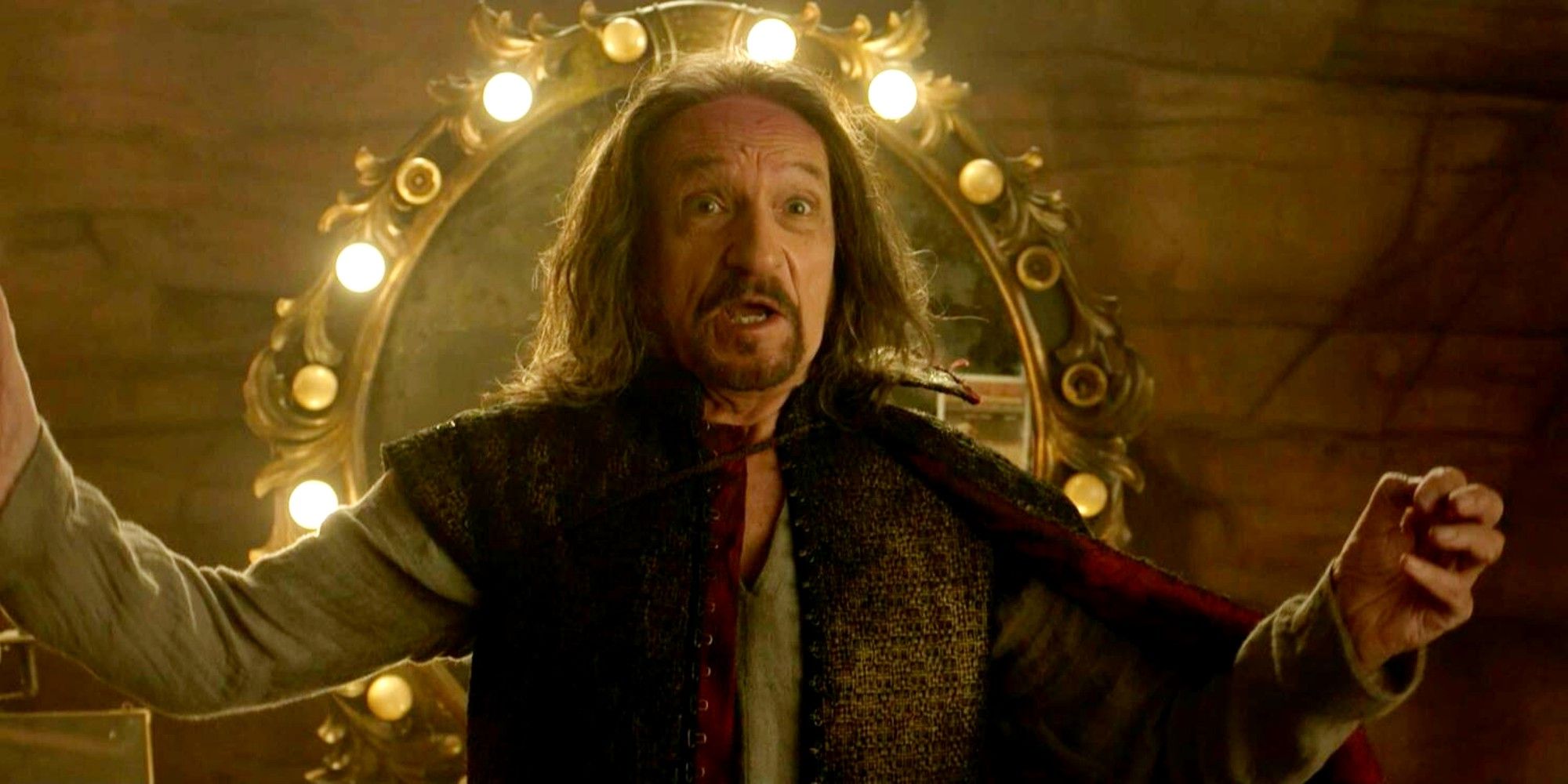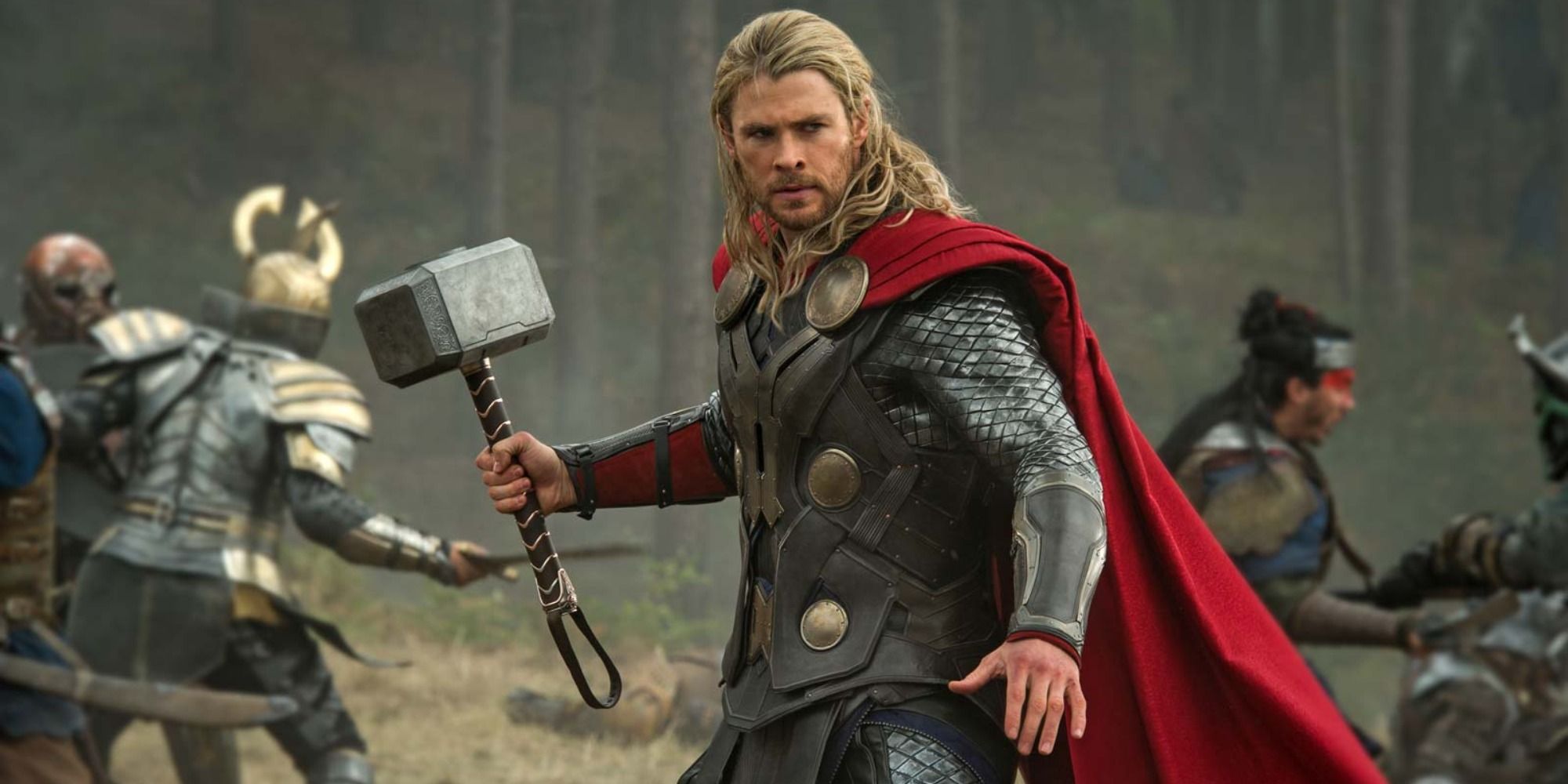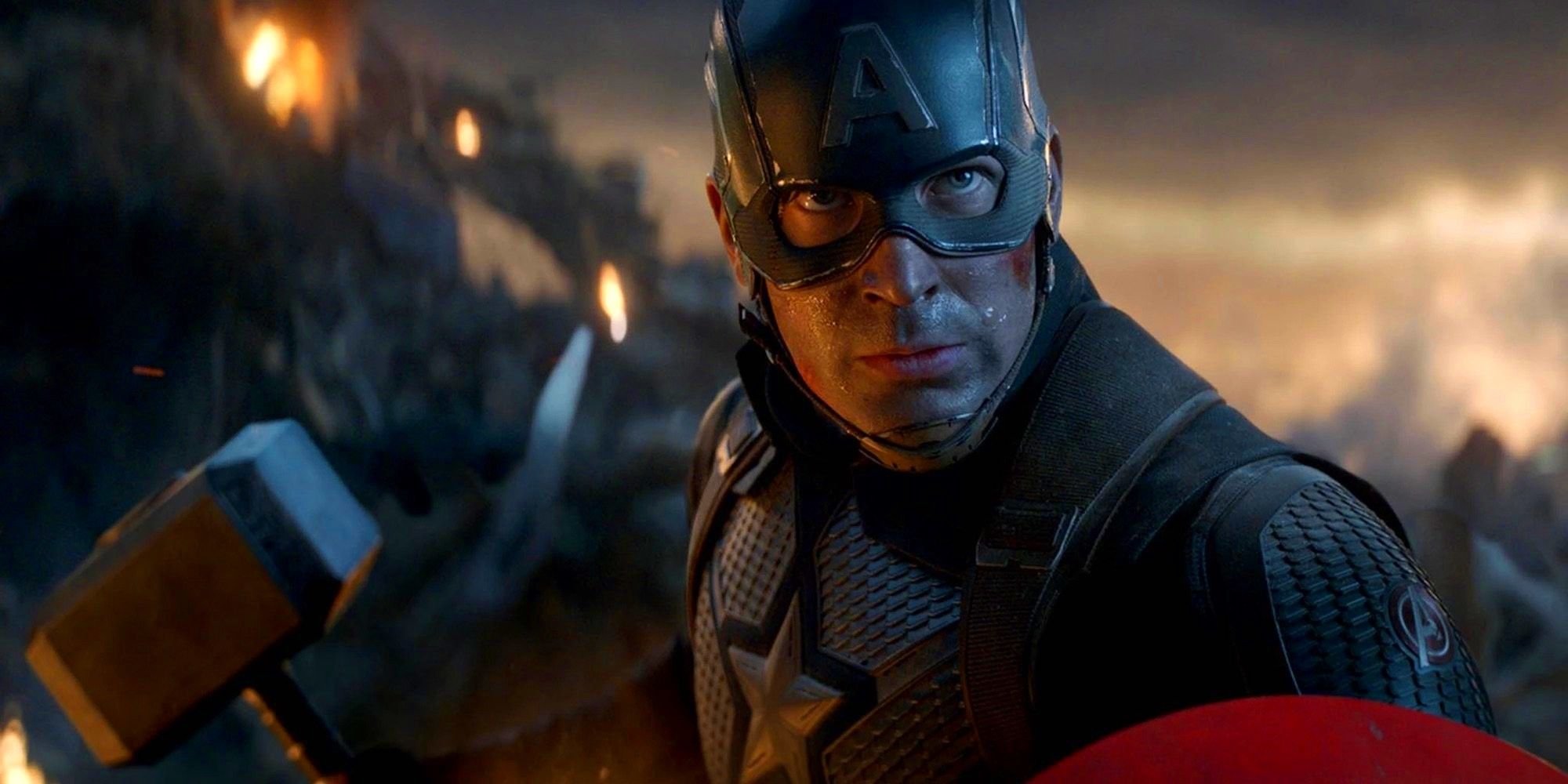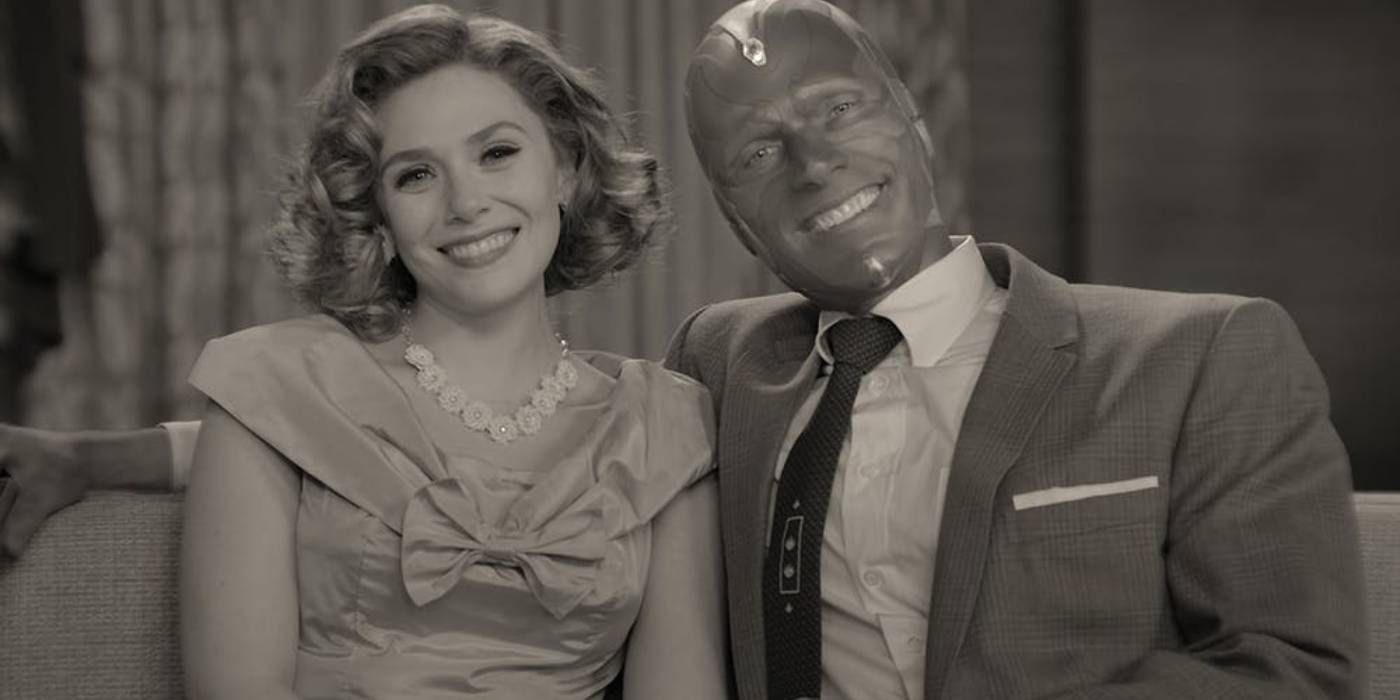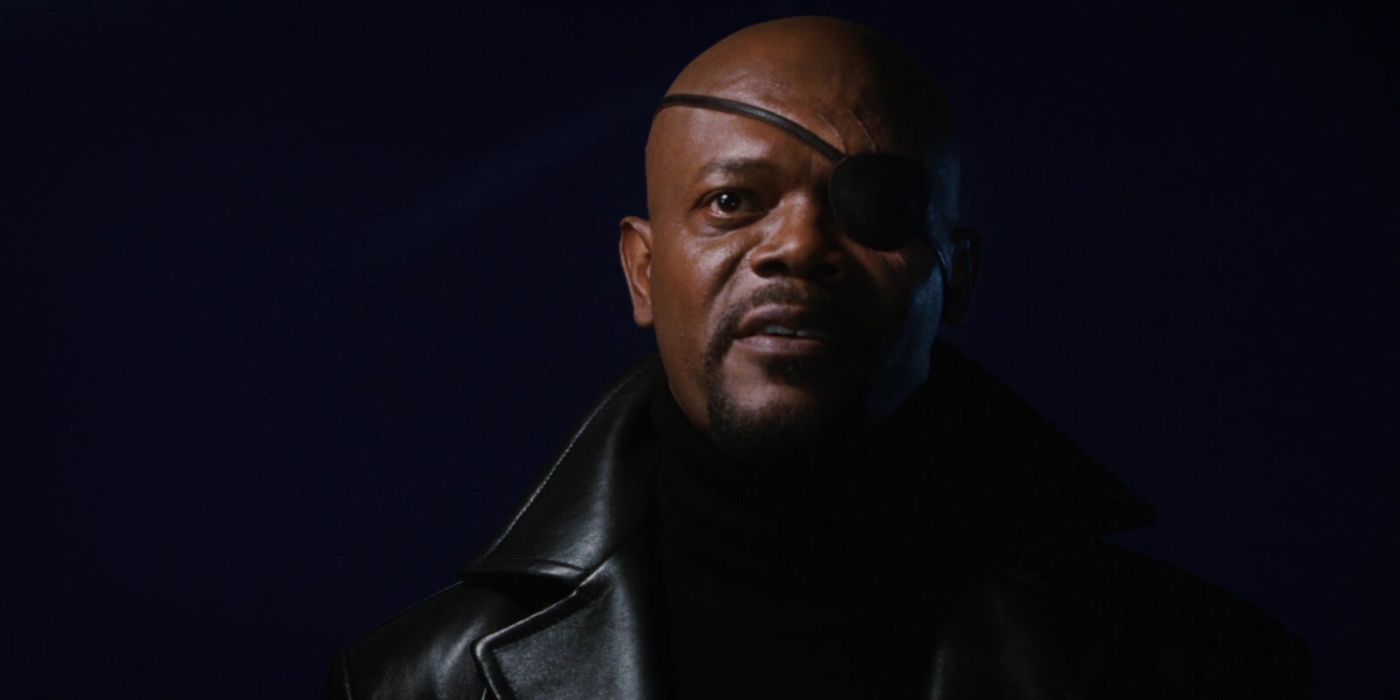Because all of the movies and shows in the Marvel Cinematic Universe are interconnected, the characters and storylines are constantly evolving and being recontextualized as the larger story continues to unfold. As a result, some of the moments, movies, and characters that initially did not work or were met with criticism can actually become better as time goes on.
Some of these changes in perception are the result of strong storytelling that pays off earlier foreshadowing. Some of it is due to Marvel responding to criticism by moving in a different direction that retroactively impacts the importance of earlier characters, scenes, and movies.
Pym Particles
Introduced in the Ant-Man franchise, Pym Particles give Ant-Man the ability to manipulate the size of objects, including himself. While they did lead to some memorable visual gags in the Ant-Man movies, they were more of a fun novelty than a game-changer in the MCU.
All of that changes when Scott Lang discovers that Pym Particles are the key to unlocking time travel, giving the Avengers the ability to undo Thanos' snap and bring everyone back. When viewers first saw Pym Particles being used to create a life-sized Thomas the Tank Engine, few could have imagined the crucial role they would end up playing in the Infinity Saga.
Collateral Damage
As superhero movies became more popular and grew in scale, audiences began to question the ramifications, or lack thereof, of all the destruction caused during climactic battles. As a result, both the MCU and the DCEU had to address and recontextualize the big, third-act showdowns. One way that the MCU did this was by showing how the lives of regular people were disrupted by the Battle of New York and Sokovia.
In a universe where superheroes can feel invincible, grounding their actions in real consequences adds much-needed stakes to the stories. The creation of many of the most sympathetic villains in the MCU is the direct result of the Avengers' actions. Knowing that the heroes will have to answer for their actions adds another layer of drama to the action.
Battle Of Sokovia
For many MCU fans, Avengers: Age of Ultron is considered to be the weakest of the four Avengers movies, with one of the big reasons being that its climactic battle does not have the same scope or scale as the Battle of New York or the clashes with Thanos. But the Battle of Sokovia has only become more and more important as the MCU goes on.
The event led to Zemo's hatred for the Avengers and set the stage for the debate that divided the Avengers and led to their civil war. It also caused Pietro's death, adding another layer to Wanda's trauma and setting up her emotional journey that would be fully explored in WandaVision. It may not have been the Avengers' flashiest battle, but the Battle of Sokovia has become an essential moment in the MCU.
Hawkeye
For the first several years of the MCU, Hawkeye was easily the most neglected and underdeveloped member of the Avengers. It was not until Age of Ultron that he got more of an opportunity to shine as audiences were introduced to his family and he had a great moment where he gave a motivational speech to Wanda.
With further development in Avengers: Endgame and Captain America: Civil War, and his own Disney+ show on the way, Hawkeye has gone from being a fairly minor background character to an important hero in the MCU. The pain he felt from losing his family and desperation to get them back in Endgame retroactively make his subplot in Age of Ultron more impactful and meaningful.
The Incredible Hulk
Partial due to a combination of creative and rights issues, The Incredible Hulk is one of the most forgotten movies in the MCU. With limited connections to the other movies, a different actor playing Bruce Banner, and setup to storylines that got dropped, it can feel like the film is barely part of the MCU.
However, since Civil War, the film has found a renewed importance in the MCU. Thaddeus Ross has become one of the most important supporting characters and Shang-Chi and the Legend of the Ten Rings appears to set up Abomination for potential future appearances as well. Because of this renewed connection, The Incredible Hulk has recently gone from disposable to meaningful.
The Mandarin Twist
Iron Man 3 is one of the most divisive movies in the MCU, thanks in large part to its controversial twist involving the Mandarin. Many fans were disappointed by the move and it is a storyline that MCU fans would cut if they could. But Shang-Chi and the Legend of the Ten Rings greatly improves the twist by introducing the real Mandarin, Xu Wenwu, and paying off Trevor Slattery's storyline.
Xu Wenwu is a great and sympathetic villain that more than lives up to fan expectations and Trevor Slattery is one of the funniest characters in the movie. By addressing the division through the short film All Hail the King, delving a great real Mandarin, and utilizing Trevor Slattery as comedic relief, fans can now enjoy the fake-out for the subversive twist that it is.
The Thor Franchise
For many fans, Thor and Thor: The Dark World are among the worse movies in the MCU. However, director Taika Waititi took over the franchise and completely turned things around with Thor: Ragnarok, unlocking the humor, pathos, and potential of Thor and the other characters.
Additionally, Loki's further development throughout the MCU has brought extra importance to characters such as Frigga, and Darcy's inclusion in WandaVision has built up her importance as well. While the first two Thor movies may not be great, they introduce and develop some beloved characters and set up the franchise to become great.
Captain America And Mjolnir
The party scene in Age of Ultron caused extensive fan debate as the Avengers each attempted to lift Mjolnir, only to be proven unworthy. However, Captain America was able to wiggle the hammer a little. Once he was no longer harboring the secret of Bucky's involvement in Tony Stark's parent's deaths, he was able to lift Mjolnir in his battle against Thanos.
Not only is this one of the best moments in the MCU, but it is also the completion of Captain America's arc. Considering how Mjolnir serves as a visual representation of Steve Rogers' journey to becoming worthy by facing the past, transforms the attempt to lift the hammer at the party from a fun moment to an important piece of character development.
Wanda And Vision's Relationship
In the movies, Wanda and Vision were only given limited screentime to develop their relationship before his death. For fans of the characters, the apparent end of this storyline was a disappointment. However, WandaVision manages to do more to flesh out their relationship than all the previous movies combined.
The show successfully takes two supporting characters and gives fans reasons to care about them and their relationship. Because of WandaVision, the relationship between these two has gone from disappointing to being arguably the best relationship in the MCU.
Cinematic Universe
Today, the decision to launch a Marvel Cinematic Universe may seem like an obvious choice but when the MCU began in 2008, it was a risky and unprecedented move. In the early stages of the MCU, Marvel did not always nail the connections. Many of the films in Phase 1 have odd or retconned connections or feel bogged down and overstuffed.
However, the MCU quickly mastered its formula and perfected the cinematic universe approach. Now, it is impossible to imagine the Marvel franchises not being connected. While there may have been some bumps along the way, the decision to launch a cinematic universe has clearly only gotten better with age.

